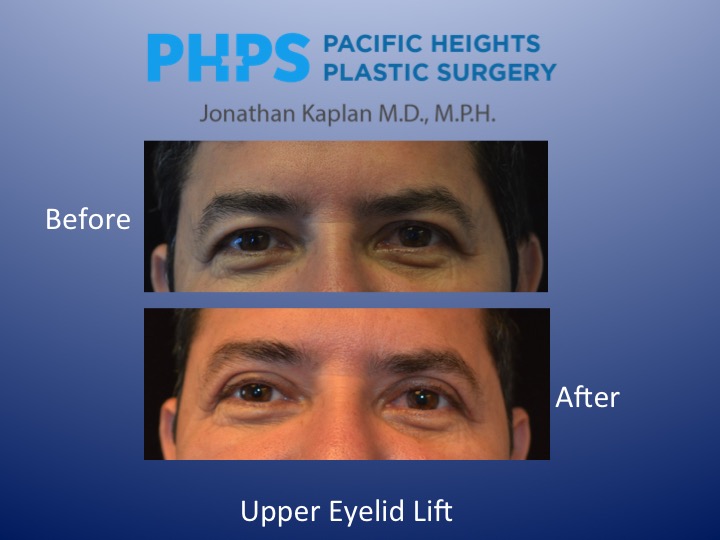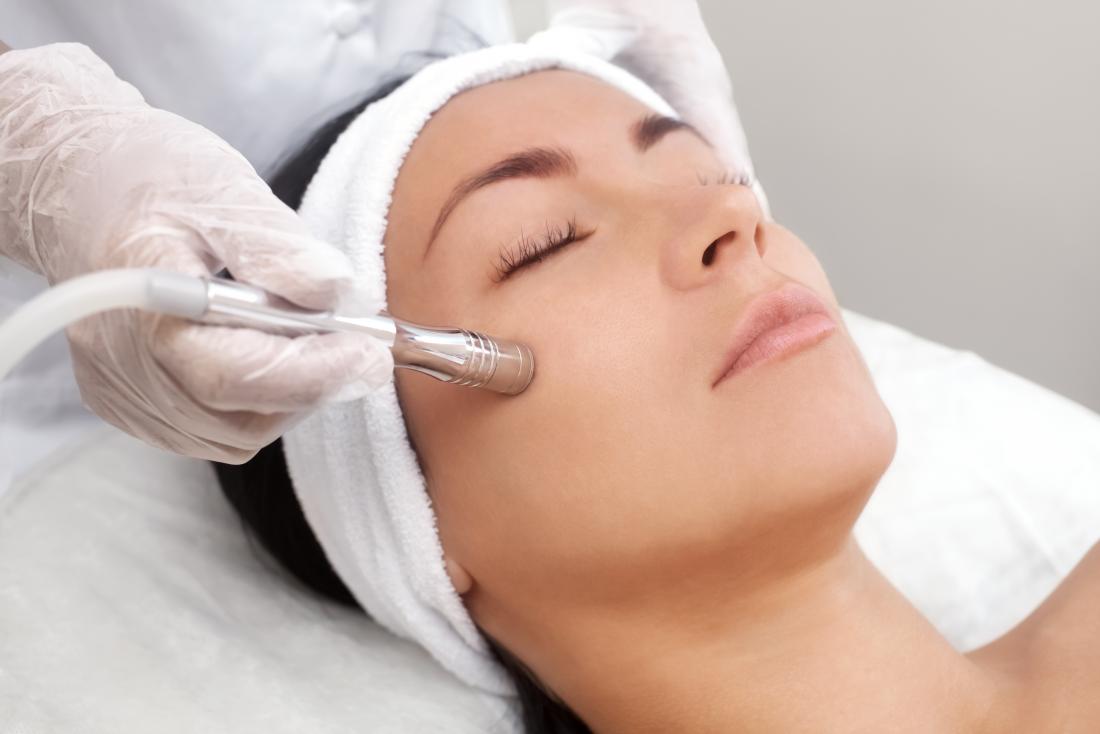
Aimovig and Botox are both approved for use in chronic migraine headaches. This article will cover the benefits and side effects of these medications. Botox has also been recommended by the American Academy of Neurology. In fact, the two drugs are recommended to treat migraine headaches together. However, side effects can be severe.
Side effects of Aimovig
Both Botox (and Aimovig) have been proven to treat chronic migraine headaches. 40% of chronic migraine patients experienced fewer headache days after three months of treatment. Botox reduced headache days in 24 weeks by an average of 9.2 days a month compared with nonusers. While both are brand names, they can't be generic.
Side effects of Aimovig or botosx can be minor but serious complications could occur. Even though serious side effects are uncommon, it is important to consult your doctor if you have any concerns. Aimovig could cause an increase of blood pressure in people with high blood pressure. If this occurs, your doctor may recommend another medication or an alternative treatment.

Botox can cause side effects
You may wonder what you can expect from your injections when you use aimovig. Botox injections are administered in the doctor’s office to patients once every 12 week. It consists of 31 small injections. Although Botox and Aimovig work in different ways they have similar side effects. A botox injection can help with migraines.
Botox injections don't have any side effects. However the possibility of muscle weakness or eyelid ptosis as well as neck pain are possible. These side effects are usually temporary and resolve within a few weeks. However, they can adversely affect the patient's ability to comply with the procedure. In addition, Botox treatment requires regular injections every 12 weeks. The injections can be painful, so it is recommended to use a cold compress for several days.
Side effects of the CGRP mAbs
Side effects of CGRP inhibitions have been observed in a handful of clinical trials. But they are not widespread. Many patients were also affected by other inflammatory comorbidities. Some even experienced an unexpected aggravation of an already existing disease. While some patients were considered to be at risk, it is not clear if this was the case for others. It is important to be cautious due to a lack information regarding the drug interactions between CGRP inhibits and other inflammatory comorbidities. To ensure the safety of CGRP inhibitors, physicians must be aware of these risk groups. Patients registries are necessary to identify those at-risk.
CGRP-mAbs can trigger severe flares of arthritic conditions and psoriasis. Both psoriatic arthritis and psoriasis are characterized by two distinct phases of inflammatory processes. During the initiating period, keratinocytes secrete peptides to inhibit microbes. These peptides stimulate plasmacytoid dendritic and other cells. These peptides stimulate myeloid cells to develop and differentiate into TH1 or TH17 cells. Activated meeloid dendritic cell migrates to lymph nodes, further promoting inflammation.

Side effects of combination therapy
Botox is a prescription drug used to treat migraine headaches. Aimovig is an intramuscular injection given once every 12 weeks. Both medications have similar side effects. Combining them can lead to serious side effects. You should talk to your doctor if you are interested in using one of these drugs. Be aware of the possible side effects for each treatment.
Botox is FDA-approved for adults suffering from chronic migraines. It requires at least 31 injections. They are repeated every three months. Although the treatment has few side effects, it can cause temporary muscle weakness and reduce patient compliance. It can also alter the release of neurotransmitters including CGRP. Combine botox and it could lead to muscle weakness.